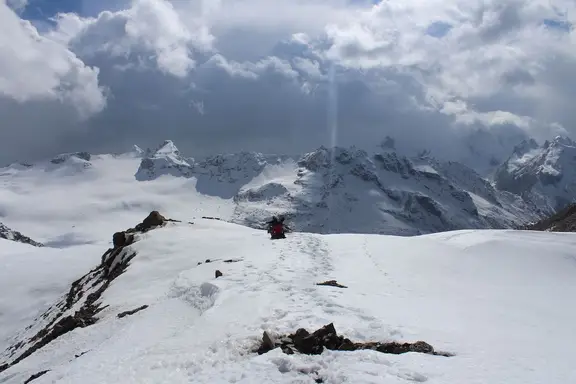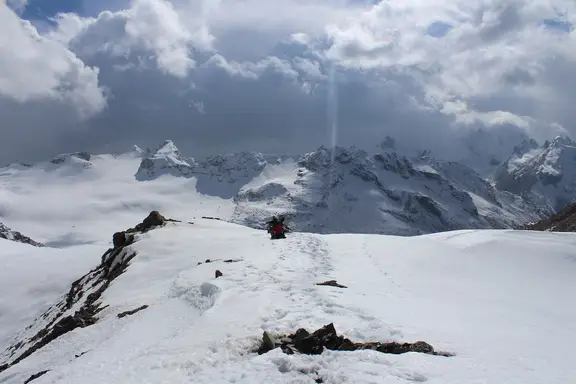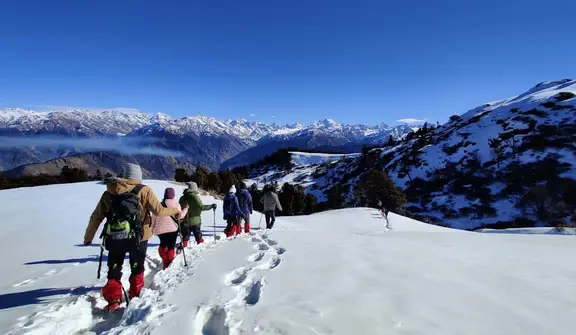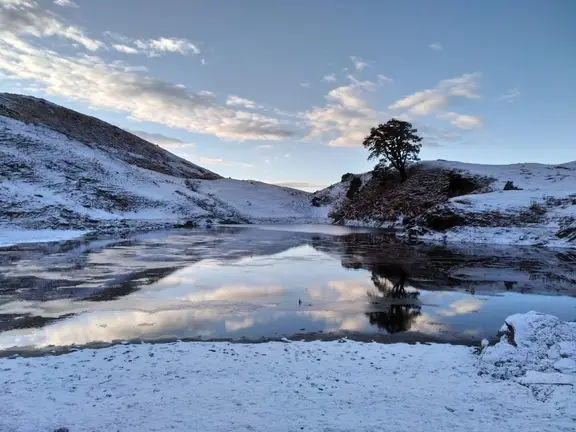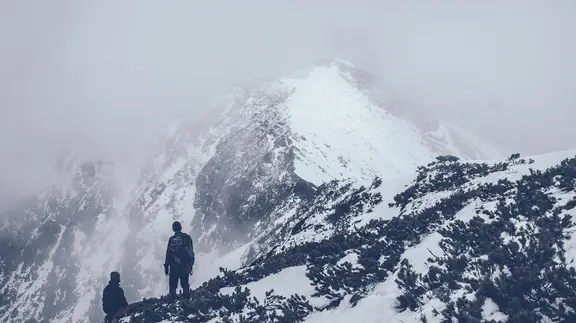Top 5 Winter Trekking Tips
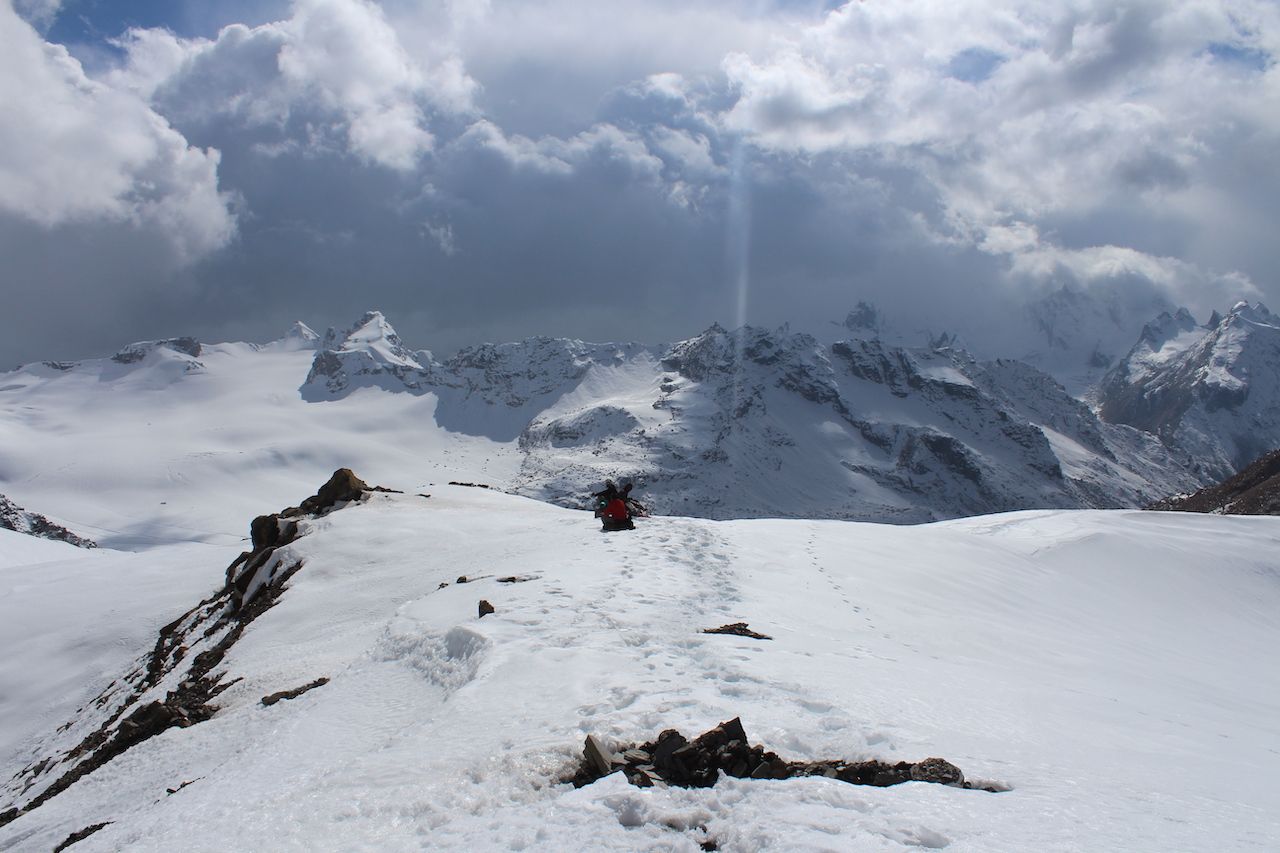
Winter treks have love-hate relationships with most of the people. Some love the feel of the snow while others cannot bear the freezing temperature and the hazards that come along with it. Winter treks are undoubtedly difficult and tricky when compared to the summer treks but if you are well prepared in advance, it can turn out to be one of the most beautiful and spell bounding experience of your life. Along with the chilly temperature, altitude sickness, navigation problem, and body strength might be some of the problems that will stand in a way of you having a great time.
Here are a few tips on how to prepare for winter treks. Following these tips, you are sure to have a gala time hiking your way up to the white wonderland.
1. Layer it upSurviving in minus temperature and cold biting chilly winds is no child?s play, what you wear determines how your body will cope up with the temperature. There?s a saying among the trekkers when it comes to winter treks- ?You always dress like an onion if you want to stay warm? which logically means to layer up your clothes. The temperature during any trek, be it winter or summer varies from the trail to the summit and having layers of clothing helps you to regulate your body temperature accordingly. Being comfortable while you trek is very important and thus, rather than wearing a single heavy jacket, wear a lot of warmers, fleece, softshell jacket, insulated jacket, down jacket and more.
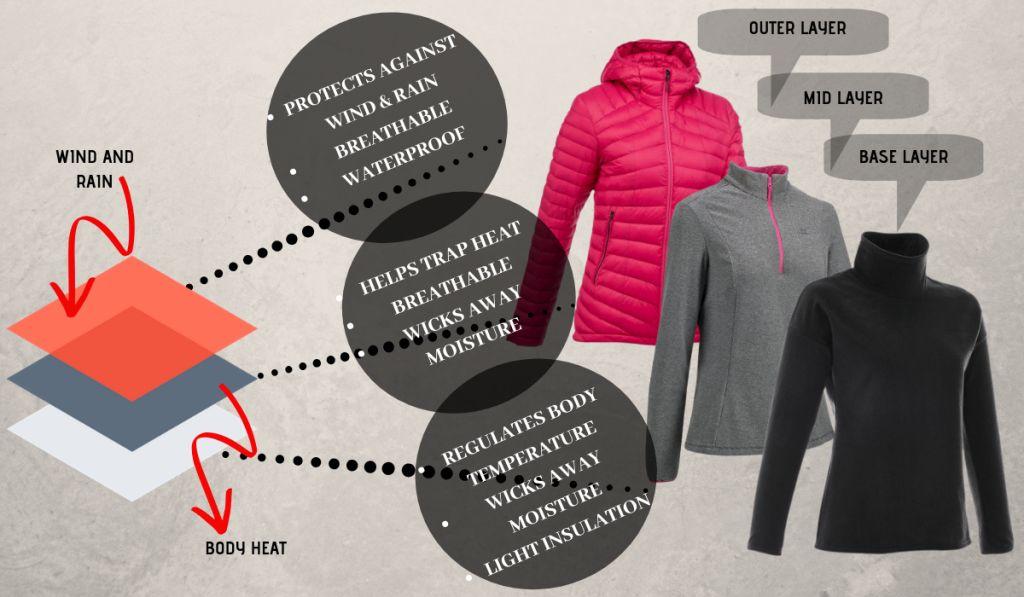
Ideally, your body should have three layers of clothing on a winter trek. The first and the bottom layer that sticks to your skin should be of a material that damps away the moisture like high tech polyester and not soaks it up. If any kind of moisture is left next to your skin, it will instantly cool down and make you cold in the temperature. The next layer should insulate your body and keep it warm like a warmer, fleece or a woolen sweater. You can coat it up with a down jacket and then the last layer must necessarily keep the moisture, rain, and water away. The trick is to stay away from moisture as much as possible and when the temperature gets comfortable you can strip a layer or two to feel normal. The same goes for the lower side of your body as well. Another important aspect of dressing for winter trek includes covering your face properly. No matter what the temperature is, your face always freezes when you are hiking in an altitude, to avoid a headache or bad throats, make sure you cover your face with either a breathable mask, sunglasses, neck warmer. Avoid the cold wind on your face as much as you can.
2. Physical trainingIf you think you can wake up one day and decide to trek up a mountain full of snow and minus degrees temperature with ease, you cannot be more wrong. Physical strength, stamina and keeping your body parts in motion is as important as layering up to fight the cold. At least a couple of month before the trek, one should start taking up more physical activities to train the body. Include more of cardio like running, jogging, skipping and eve altitude running if you can. Get your body used to moving and exerting otherwise pushing the limits of your body in the trek will cause you immediate exhaustion. The human body tends to get more tired during winters as compared to summers as the body parts start to become numb.
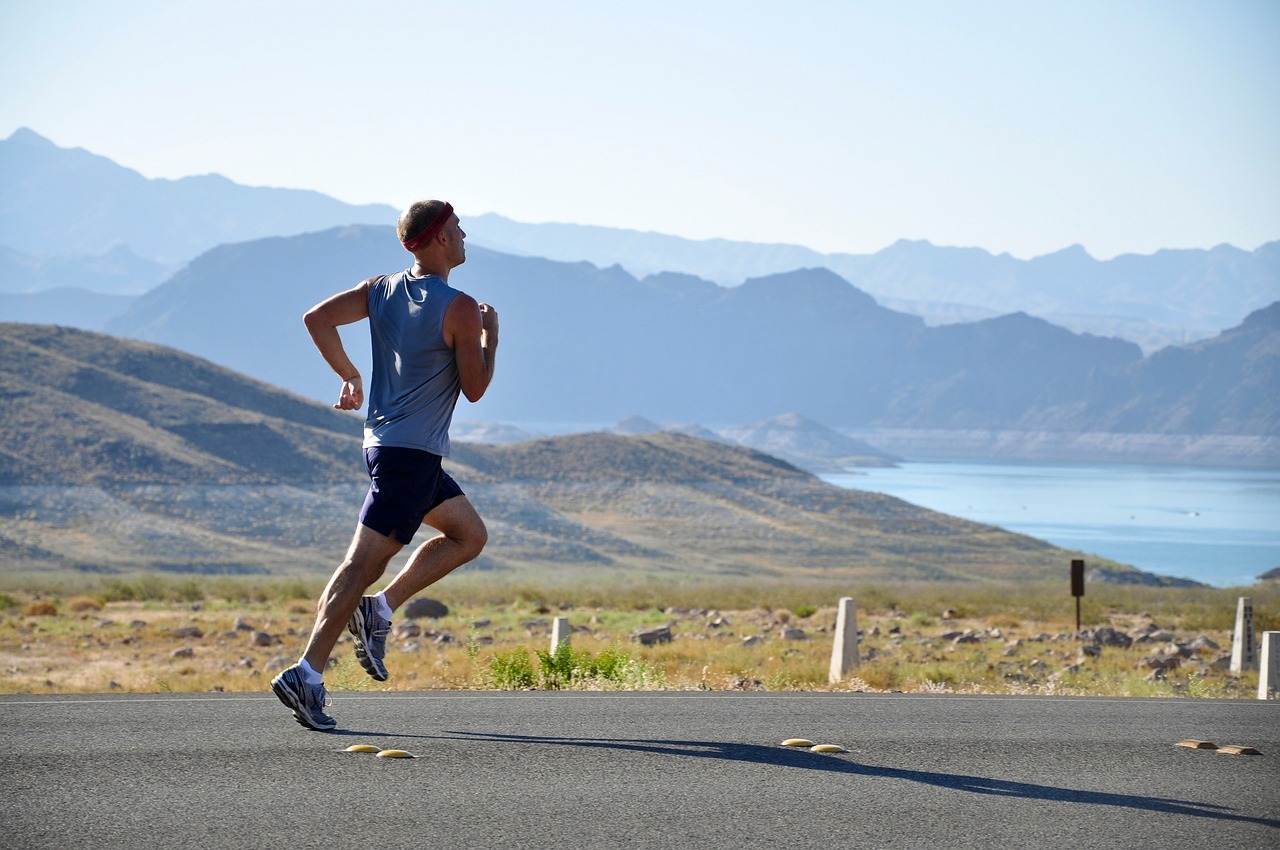
Even while you are trekking, keep indulging is some motion to prevent the numbness of the body parts. Make sure you move your fist, hands, and fingers while you are resting. Practice some stretches along the way to loosen up and relax the tightened muscles. Physical movement generates warmth inside the body which helps a trekker to cope up with the temperature.
3. Schedule your sleep cycle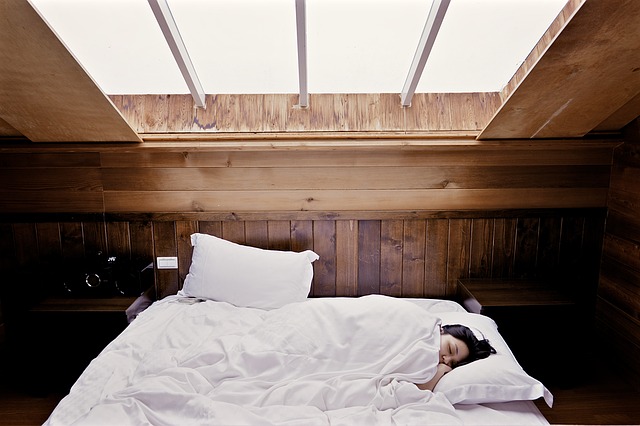
It is very important to maintain a healthy sleep cycle before you go for a trek. Most of the winter treks have an early start in the morning and as the sun sets in early, the day ends pretty early. Most of the distance is covered avoiding the afternoon sun and the unpredictable weather that comes along. Make sure you become an early riser before a few weeks to avoid the sudden change in the cycle which might make you feel less motivated and lethargic during the day. During winter nights, the temperature drops down profusely and you have to sleep inside the sleeping bag itself. Always use a comfortable liner inside the sleeping bag for better insulation and if it gets unbearable, use two sleeping bags for more warmth.
4. Get your body used to the temperatureThe trickiest part in a winter trek is to bear the cold and the extremely low temperature in the high altitude. A trekker's body needs to get acclimatized well for him to be fit to complete the trek, otherwise, Altitude sickness takes over. Make sure you start subjecting your body to low temperatures slowly and gradually skillfully. Train your body to bear the cold temperature by starting to take a shower with chilly water every day, workout in a cold room with high AC and try to sleep with fewer blankets on. Don't overexert your body and fall sick while doing so. The human body takes time gets accumulated to any kind of external change, but once it does you feel automatically feel the comfort.
5. Eat right and stay positiveA positive mindset is your best friend amidst all the cold and the snow. Feeling cold is very subjective for different people and not everyone's experience notes to be the same kind. The key here is to have your mind in your control. Sense of cold along with physical stimuli is highly based on your perception too. Thinking that you are feeling hot instead of cold, visualizing a warm sunny day and happy memories release a certain kind of a happy hormone that helps the body to generate heat from within. Help your mind divert from the cold and the extreme weather conditions to a more relaxing and bearable situation.

Along with playing with your mind, certain eating habits also help in feeling less cold. The busier your stomach gets in digesting the food, the more heat can be produced. Do not skip the meals while you are trekking, eat light but eat full. You can eat simple meals including rotis(Chapati), daal, rice, and vegetables. Hot drinks, cloves, onions and kinds of garlic are also some food items that enhance the production of heat in the body.
If you follow this full-proof tips on how to prepare for winter treks, you will surely become a winter trekker and will ace every mountain that comes your way.



